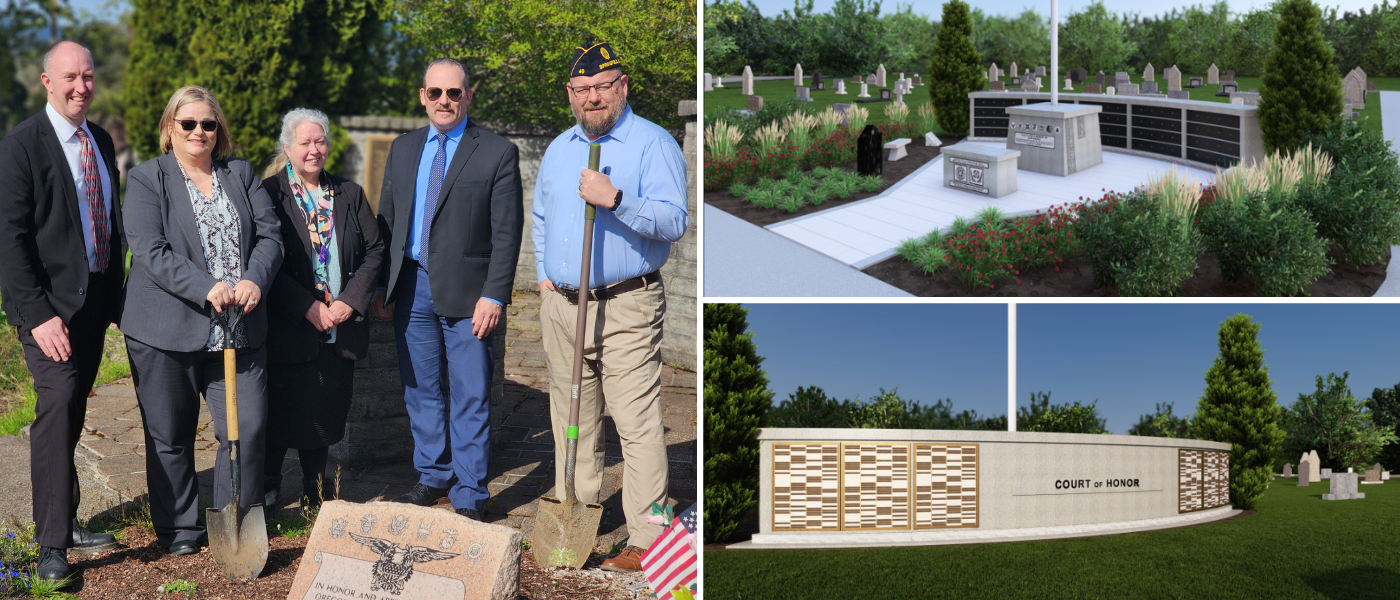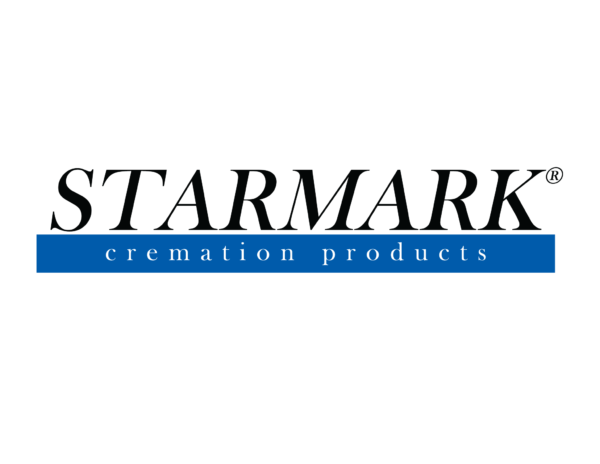Everything you need to know about Funeral Webcasting
Funeral webcasting has been one of the hottest topics in the industry for the past few years. During that time there have been several different webcasting providers who have emerged all with similar product offerings. The purpose of this article is to explain the technology,equipment, costs, and layout the different choices that are available.
First, let’s look at the technology piece.
The technology is actually fairly simple in today’s world. The goal is to capture what is seen and heard at the funeral service and relay it LIVE through the internet. This is done by capturing the video with a camera and the audio with a microphone, piping those signals into a computer, and onto the web. Some of the basic features that pretty much every webcasting provider offers is a LIVE broadcast, password protected viewer pages, and an on-demand recording of the webcast, making the video available for viewing even after the service is over. The length of time that this is available does vary depending on which company you choose to go with.
The different providers in this industry have slightly different software mechanisms for webcasting. Some use a desktop application that is installed on your computer while others have completely web-based applications. Either way the software piece is used to capture the audio and video, and then encode it which compresses the video making it more web-friendly.
The way the video is encoded will have an impact on the number of people who are able to view the broadcast. For example, you may work with a provider who is using
Windows Media Encoder – which works fine if most of your viewers are all using Windows-based computers. The fact of the matter is, Apple is the worlds largest company right now and they own a very significant portion of the personal computer market. Now, there are plugins that allow Mac users to view Windows Media files but
this is a third-party application that not all users have installed. The other options being used in the industry are Microsoft Silverlight and Adobe Flash. Instead of breaking down all of the specifics of each of these technologies, lets just look at the facts.
The following image represents of the global market penetration of each of these technologies. In simple terms, the percentage of your audience who will be able
to view your webcast without any trouble.

The clear winner at this point in time is Adobe Flash. There is nothing saying that these statistics won’t change over the next 5 years being replaced by newer technologies like HTML5, but currently the most compatible option is Flash and this has been the case as long as funeral webcasting has been an item of conversation. So you may ask yourself why any provider would choose to go with any of these other technologies. Is it the quality of the video stream? No, Flash has the ability to broadcast in high definition. Is it easier to use? No, the simplicity of the user experience is all based on the software written to control these technologies. Is it cost? Possibly, Flash is a more expensive infrastructure on the server side.
Now the Equipment
With a webcast there are two high-level choices when selecting what equipment you will need, Stationary or Portable.
Stationary equipment is hard-wired and installed inside your funeral home.
- At least one camera mounted on the ceiling or wall in your chapel
- Controller for the camera (if it has the ability to pan/tilt/zoom)
- Computer with an internet connection
- Feed from your sound system
- Capture device/card connected to your computer to receive the audio and video
Pros – You don’t have to setup your equipment before each funeral service. The camera is mounted so it won’t be knocked over on the tripod. The audio feed is direct so there isn’t any interference from a wireless signal. The camera can be controlled remotely.
Cons – A little bit more expensive to get things set up. Can only broadcast funerals from your funeral home. Requires installation which can sometimes be a little costly depending on how easy it is to run wires through your funeral home.
Portable Equipment basically consists of the same elements, just you guessed it, portable.
- Video Camera (Ability to record to SD Card or Hard Drive is preferred)
- Tripod
- Wireless Microphone
- Capture Device
- Laptop Computer
Pros – Can broadcast your funeral services from anywhere there is an internet connection. If there is no internet connection, you can just simply record the funeral to the camera and upload it later. Costs a little bit less.
Cons – Requires setup before each funeral service. Camera can only be controlled by walking up to it and moving it on the tripod. Wireless microphones have a limited range (usually around 150ft.) and they can occasionally pick up interference from cell phones or other devices.
Costs
You can almost spend any amount of money you would like on funeral webcasting. There are monthly unlimited webcasting plans ranging from $99 to $1500. Equipment
can either be purchased or leased. A good stationary equipment setup can cost a few thousand dollars, while a portable setup is around $1500 or less. Equipment lease options provide a little security, in the event that any of your equipment fails, most webcasting companies will replace it for you.
Effective Implementation
Once webcasting is being offered at your funeral home, the sales process is simple. When you are meeting with a family during the arrangement conference, just ask the
question “Are there any members of your family or friends who are going to be unable to attend the funeral service?” The answer to this question in most cases is going to be yes. This opens the door for you to explain that you offer LIVE webcasting for those who are unable to attend the service. This should not be a threatening sales pitch in any way. If the customer wants it, they will pay for it – but they will not come and request these types of services if they do not know that you offer them. As with any type of memorial technology, all you need to do is inform the family that it is available so they have the option to buy it.
For more information or to give funeral webcasting a try, go to FuneralRecording.com http://www.funeralrecording.com | 801.621.1492 | info@funeralrecording.com



